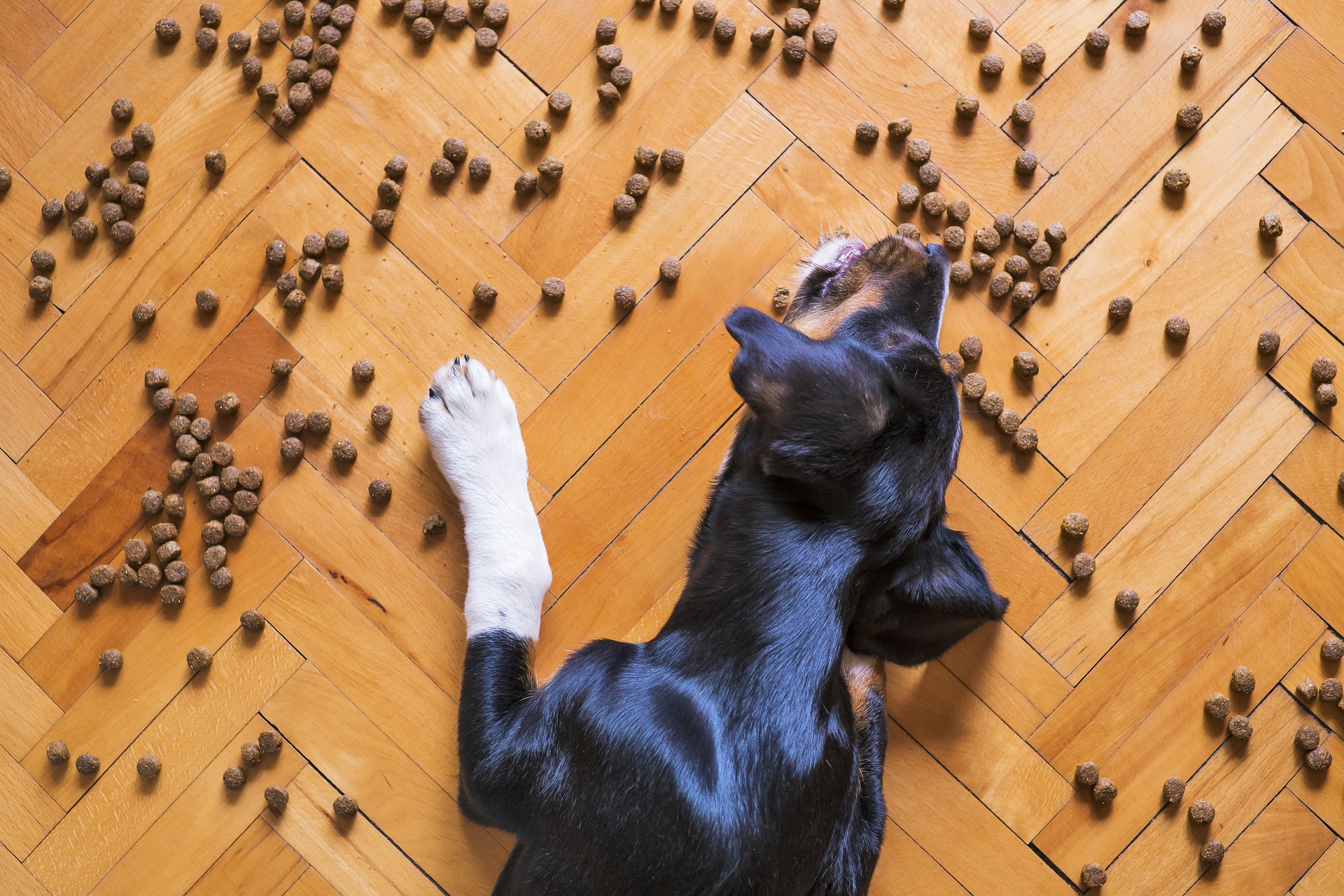
Image by Mat Coulton from Pixabay
Every dog trainer has a few bad habits that cause confusion or lack of progress from the dog. These habits might be things that the trainer is already aware of and working on. But what if there are common practices that the trainer uses that contribute to big holes in their performance dog’s training program?
If I were asked to pick the one training habit that positive trainers practice that causes the most confusion, it would be easy.
For me, the most problematic habit that positive dog trainers commonly do is that many of them mindlessly feed their dogs – without any reason. I refer to this as Distracted Feeding syndrome. It serves no purpose. Unfortunately, Distracted Feeding might feel like it’s solving an issue, but it can potentially lead to behavior problems that are even more difficult to change.
Why do trainers use Distracted Feeding?
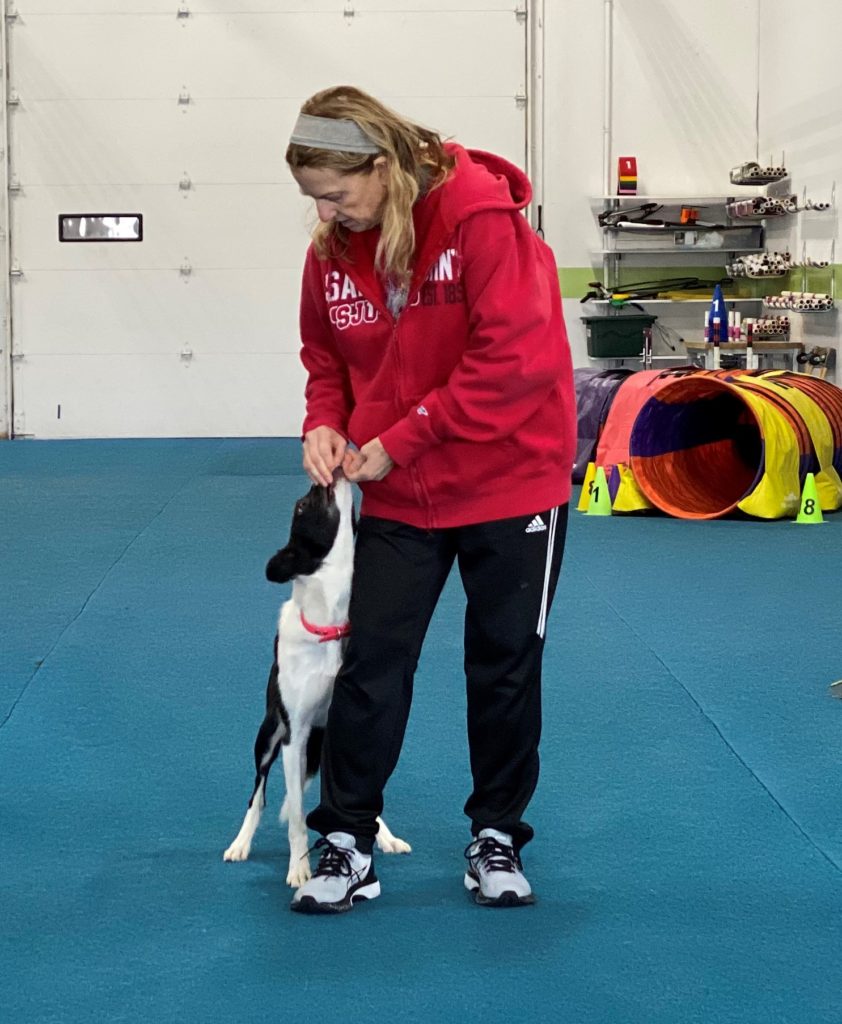
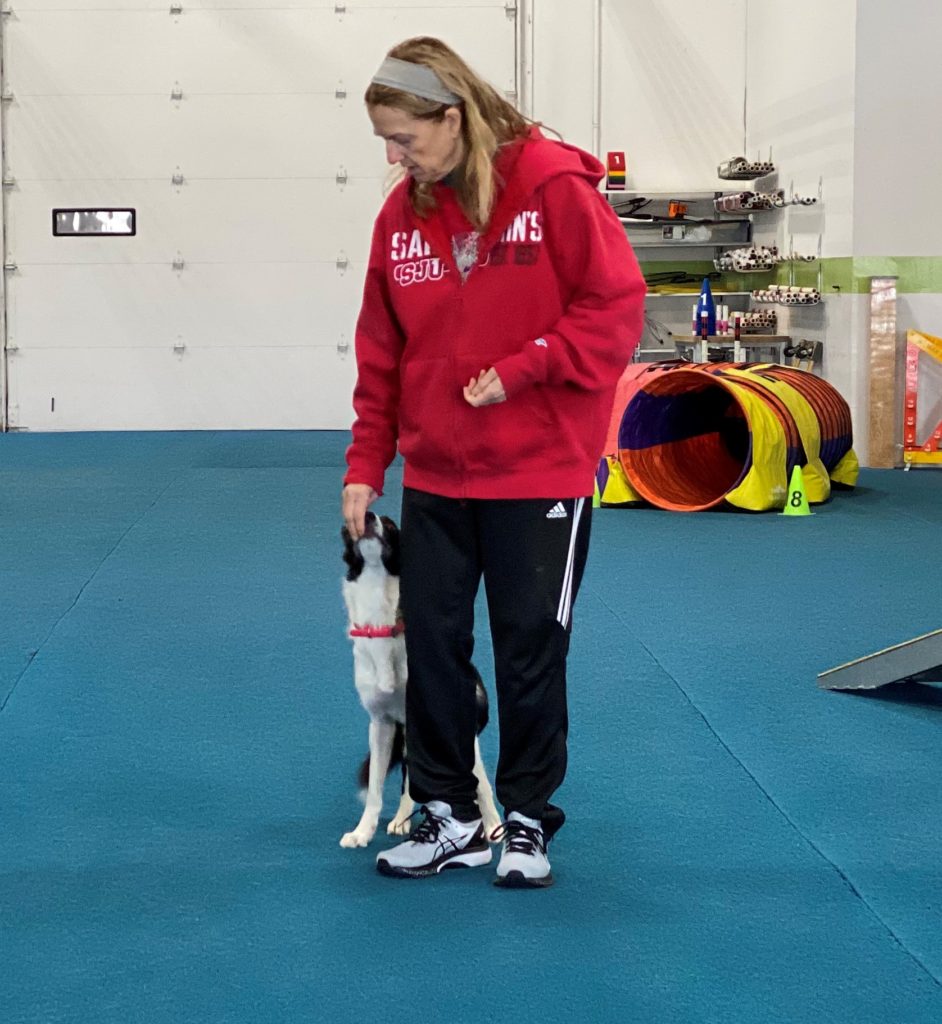
I’m not exactly sure why people feel the need to constantly feed their dog. But, here are some possible reasons.
- The person is paying attention to something else.
- The dog is being distracted away from something the person perceives as a problem in the environment.
- The person is trying to keep the dog’s attention on themselves.
- The dog has some unwanted behaviors that the person is attempting to prevent.
- The person is striving to create a positive association with a less than ideal environment or situation.
What’s the harm?

If a person feeds their dog continuously, the dog is mostly unaware of its surroundings. This practice prevents the dog from watching the environment. The curious nature of young dogs or puppies is suppressed by the constant feeding. When that happens, the dog cannot relay important information about stress, frustration, arousal levels, or other feelings displayed by their natural reaction to the environment. When the dog exhibits behavior that tells us that the environment is difficult, we can change or manipulate the environment to help the dog feel better and create better training opportunities. Or if the environment is too difficult, then it’s good information so a training plan can be created to address the issue without overwhelming that dog.
When constant feeding becomes a pattern during training or in certain conditions, and the food is gone, the dog won’t know how to cope. That means there is a big gap in the training that has been uncovered. Depending on the circumstances and the environment, losing that constant stream of food can cause an emotional response (like frustration), which leads to potentially unwanted behaviors. The human might assume everything is okay while the dog is being distracted by food. However, the dog is not learning the skills that will be required in that environment. And because the dog cannot communicate how it feels, that problem is hidden. The food covers up and might even cause behavior issues. Eventually, the dog will have to perform without food to compete in any dog sport. It’s not fair to the dog to create such a dependency on food in any environment.
Dogs learn from observing their environments. When a dog is prevented from doing this, that learning won’t take place. The dog never learns how to function and cope without a steady flow of treats.
Distracted Feeding syndrome is a common practice when trainers have new puppies. While it might seem like a good idea to associate the environment with the positive emotions of food, it interferes with learning how to behave or respond in those situations. The puppy can not communicate that it is overwhelmed, slightly scared, curious, or happy. Any emotions from the puppy are suppressed, including the natural curiosity in a young dog that is important for learning about all the good things. Constant feeding creates a dependency, and when it’s not available, unwanted behaviors or emotional issues occur. Unfortunately, that can cause the human to start the cycle of feeding again.
Another side effect of Distracted Feeding syndrome is that it causes the puppy or dog to focus too much on the trainer’s hand. Watching the hand creates a visual predictor for when food is coming. That happens because of the constant hand movement towards the pocket or bait bag. The dog learns quickly to evaluate whether there are treats available by watching the hands. This might cause the dog to struggle with the environment when it observes that no food is available. The lack of food creates a challenging environment because the dog doesn’t know how to engage or perform skills without food. This might be one of the reasons that some dogs only play away from training.
What should happen instead?
If you have to focus on something other than your dog (or puppy), then the dog should be in a crate, on a station, on a tie-out, or on a down stay. The puppy should be crated or in an ex-pen or held by someone else who can pay full attention.
If your dog displays unwanted behaviors, then that’s important information to consider – especially if it’s due to the environment. If your dog is distracted by the environment, consider changing something. Move further away from the situation and then evaluate your dog for improvement. If there is no change, then move further away and try again.
If you have to take your focus away from your dog, then put the dog in a down-stay, on a station, in the crate, use tie out, or have someone hold the leash.
Additionally, it can be worthwhile developing different games or training skills that can be used in mildly or moderately distracting environments. If you have games that you play with your dog at home – like personal play, toy play (if your dog loves toys), or food games – you can start to incorporate those games in different environments instead of Distracted Feeding. If your dog won’t play these games (and you can play them at home or in quiet settings), then move further away from the distraction and try again.
In Summary
As dog trainers, we should focus on our dogs and their needs, rather than our convenience or social pleasures. When you have your dog with you, it’s critical to be totally present and connected. If your dog displays major or minor issues, address them immediately rather than covering them up with food. Move away from the distraction and evaluate your dog for improvement. If distance does not improves that behavior, you can develop a training plan to address it or talk to your instructor to help you create a plan. Find games or skills that you and your dog can do together that are enjoyable for both of you and when they are ready, bring them out gradually in new places.
Food is a perfect reward for training skills. It is flexible and can be used in many ways to build better behavior. But if it’s used to distract your dog from the environment, consider changing your procedure.
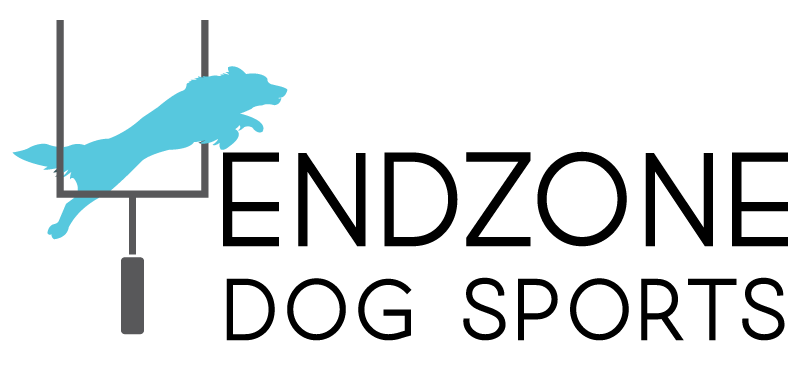
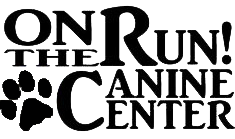
0 Comments